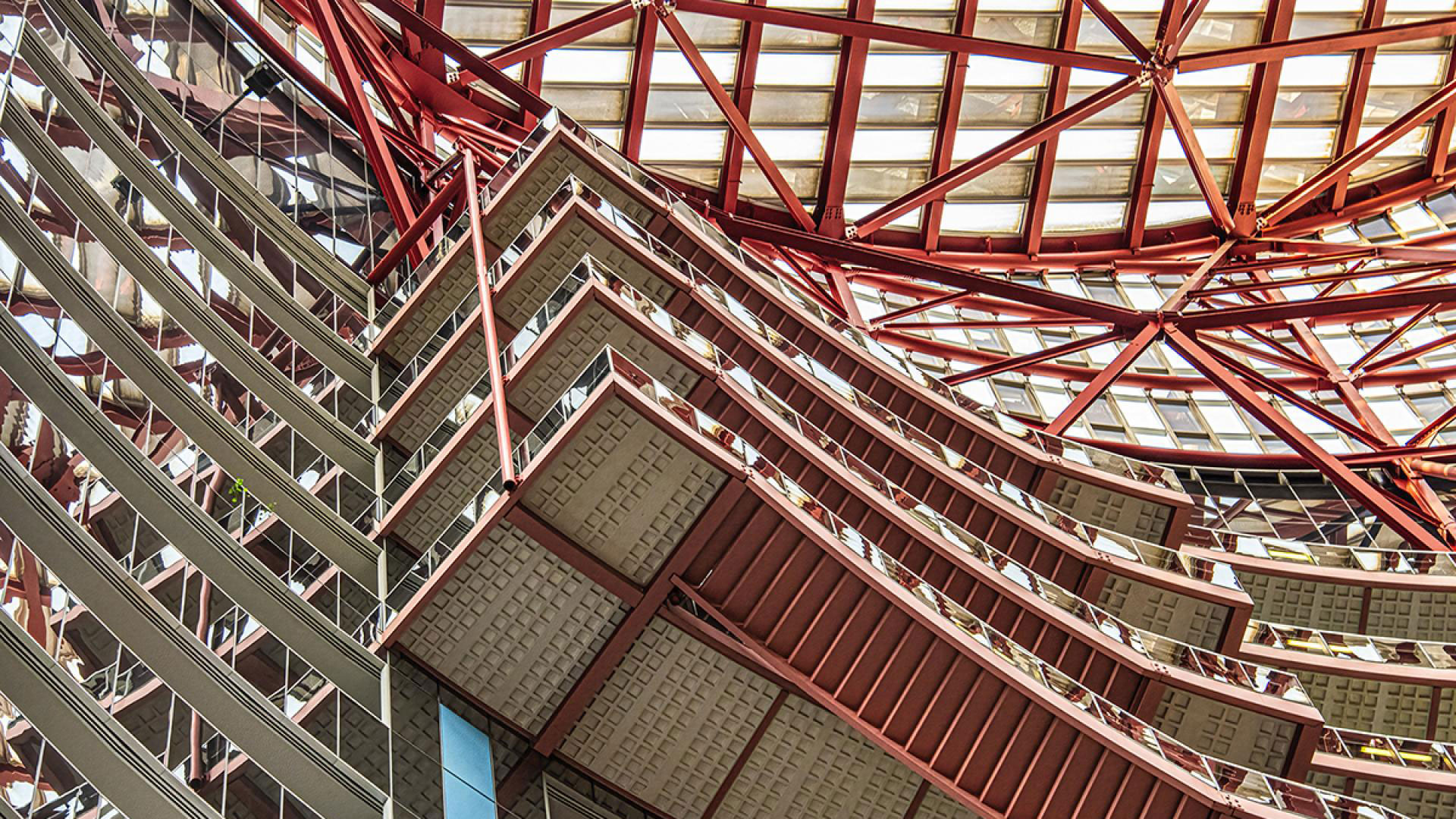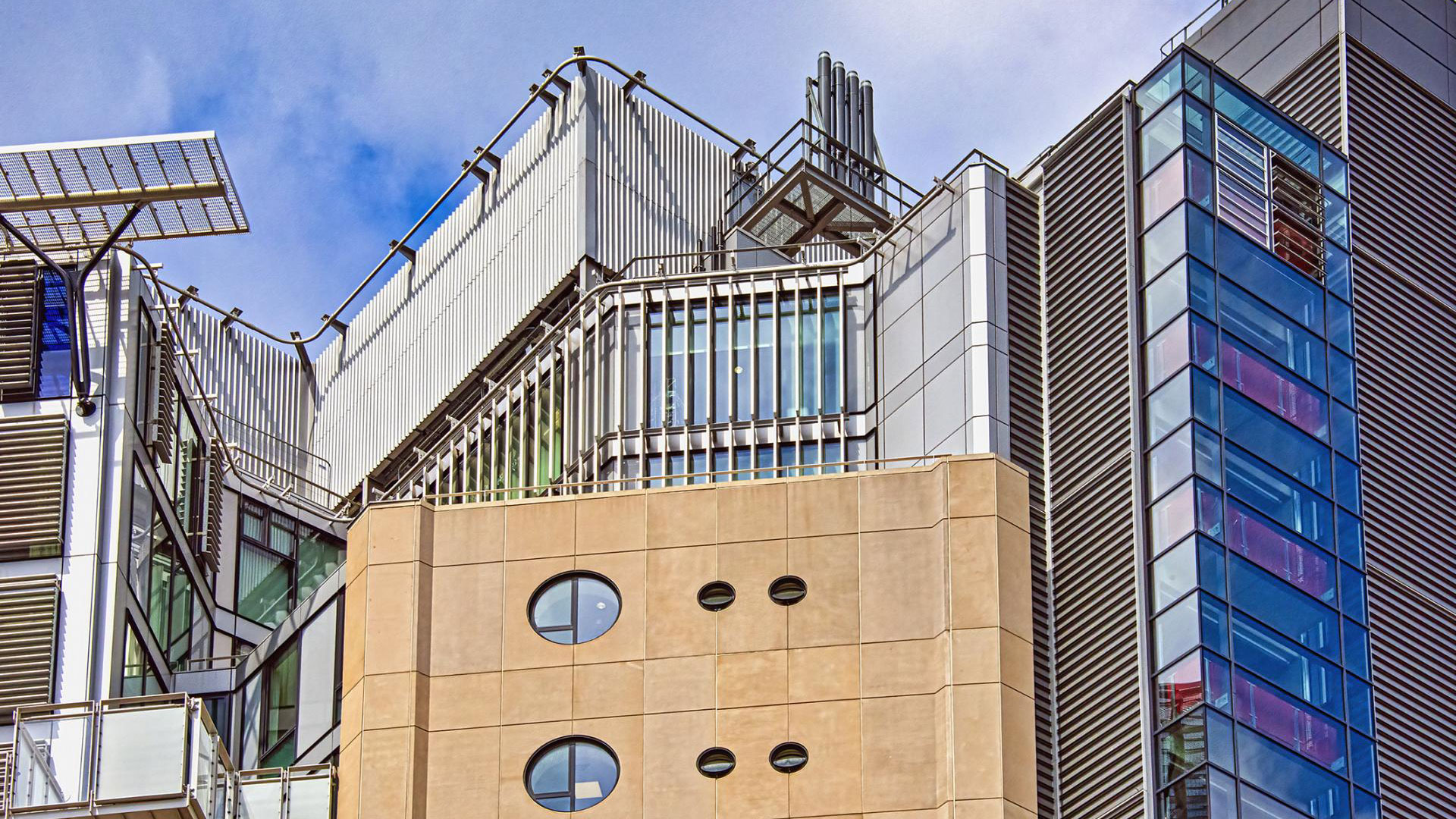Interview with Glenn Goldman from United States

Interview with Siobhan Costigan from New Zealand
July 20, 2023
Interview with Giuseppe Satriani from Spain
July 20, 2023Interview with the 2023 MUSE Photography Category Winner – Glenn Goldman
I’ve been interested in photography since I was young. But I was also always interested in building and making things which led to an interest in architecture. By training and professional licensure, I am an architect. When I was a freshman in college, I took an art history course, and the photos of the buildings captured my imagination. I started taking photographs of buildings in order to build up my own personal library of visual data of/about architecture.
Eventually, when I started teaching, it was important for me to develop and generate my own visual materials. I am currently the Founding Director Emeritus and Professor at the School of Art + Design in the Hillier College of Architecture and Design at the New Jersey Institute of Technology (NJIT) where I teach design studios, a course about architecture in motion pictures, and photography and imaging.
My equipment has varied over the years, starting with a Kodak Brownie Reflex when I was (very) young after which I moved up to a Brownie Starmite and then Instamatic. My first SLR was a Canon FTb which I used for years.
Jumping ahead, I have been using a Nikon D810 full frame DSLR and an APS-C mirrorless, Sony a6500. I usually travel with two lenses for each camera – a typical “all-in-one” zoom and a good very wide angle zoom (important for my architectural photography/interiors).
I remain in constant awe and admiration of the physical beauty and artifacts created by our species. Great architecture and examples of design inspire me. I do my best to highlight and sometimes isolate the design principles and elements present that make something beautiful. I look for different perspectives.
I try to show others the beauty that is around us and that reflects the best of human creativity. I also use my photos as illustrations for the various design courses I teach which lead me to take certain types of photographs.
There are two groups of individuals. Photographers Julius Shulman and Ansel Adams provided inspiration. But architects who were teachers and/or employers were at least as important as a source of inspiration getting me to really see what was out there and to be able to photograph.
Those individuals include Urs Gauchat, Robert. A.M. Stern, Moshe Safdie, Michael McKinnell, and Eugene Santomasso. Taking photographs with Steve Zdepski was also inspirational. And I am always inspired and challenged by the new and creative talents I see in my students.
Winning Entry
St. Pancras Roof | 2023
(Read more at MUSE Photography Awards)
The Underside of the Stairs | 2023
(Read more at MUSE Photography Awards)
Guy's Cancer Centre | 2023
(Read more at MUSE Photography Awards)
Glenn Goldman
Glenn Goldman combined his love for photography and architecture into one when he had to take photographs of buildings in order to build up his personal library on architecture.
Read more about this interview with Judith Kuhn from Germany, the Photographer of the Year from the 2023 MUSE Photography Awards.




